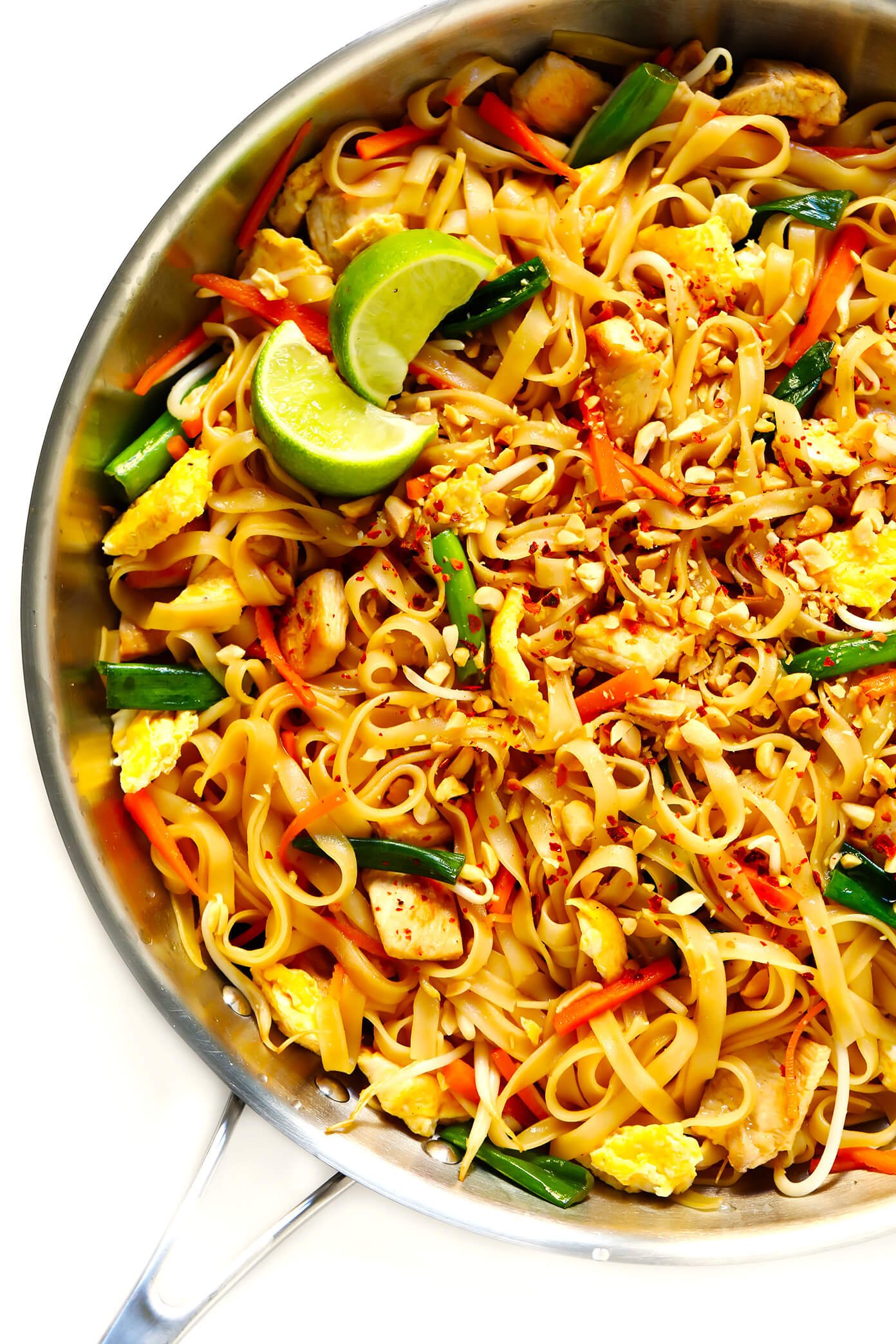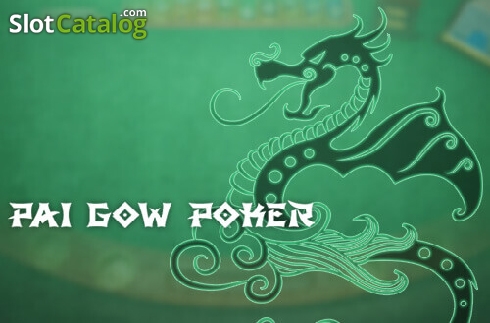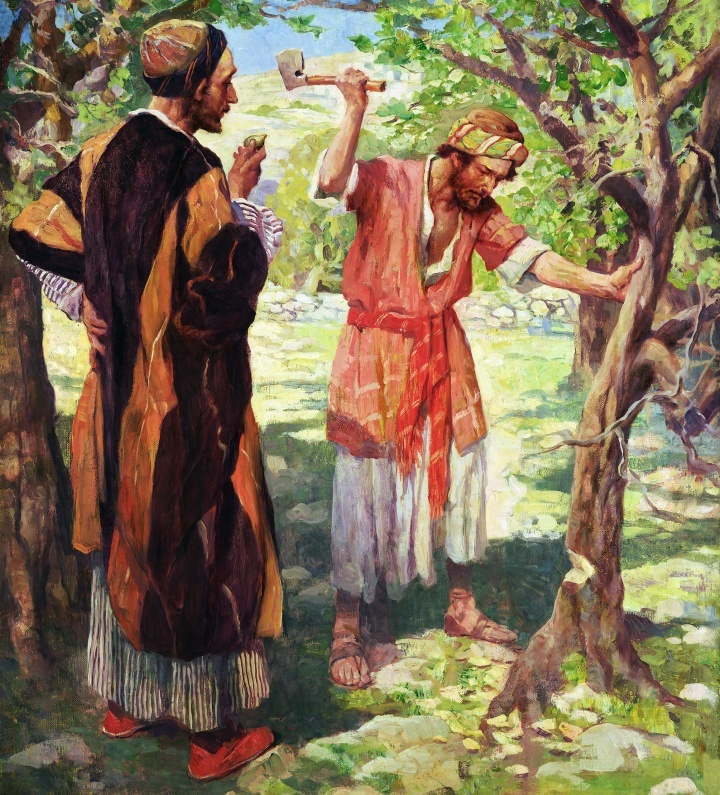Pai Go
The following hands go to the other players, in counter-clockwise rotation. Dealer's advantage The dealer obviously has an advantage (winning tied hands), so if you want the game to be fair everyone has to deal an equal number of times during the session. For another description, see the Pai Gow Poker FAQ of the newsgroup rec.gambling.misc. Lung Detox Decoction, Qing Fei Pai Du Tang, 100 Capsules. 4.8 out of 5 stars 7. 00 ($0.36/Count) Get it as soon as Tue, Feb 9. FREE Shipping by Amazon. Amazon Rapids Fun stories for kids on the go: Amazon Web Services Scalable Cloud Computing Services: Audible Listen to Books & Original Audio Performances.

Pai gow (Chinese: 牌九; pinyin: pái jiǔ; Jyutping: paai4 gau2) is a Chinesegamblinggame, played with a set of 32 Chinese dominoes. It is played in major casinos in China (including Macau); the United States (including Boston, Massachusetts; Las Vegas, Nevada; Reno, Nevada; Connecticut; Atlantic City, New Jersey; Pennsylvania; Mississippi; and cardrooms in California); Canada (including Edmonton, Alberta and Calgary, Alberta); Australia; and, New Zealand.
The name 'pai gow' is sometimes used to refer to a card game called pai gow poker (or “double-hand poker”), which is loosely based on pai gow.
Rules[edit]
Starting[edit]
Tiles are shuffled on the table and are arranged into eight face-down stacks of four tiles each in an assembly known as the woodpile. Individual stacks or tiles may then be moved in specific ways to rearrange the woodpile, after which the players place their bets.
Next, each player (including the dealer) is given one stack of tiles and must use them to form two hands of two tiles each. The hand with the lower value is called the front hand, and the hand with the higher value is called the rear hand. If a player's front hand beats the dealer's front hand, and the player's rear hand beats the dealer's rear hand, then that player wins the bet. If a player's front and rear hands both lose to the dealer's respective hands, the player loses the bet. If one hand wins and the other loses, the player is said to push, and gets back only the money he or she bet. Generally seven players will play, and each player's hands are compared only against the dealer's hands; comparisons are always front-front and rear-rear, never one of each.

There are 35,960 possible ways to select 4 of the 32 tiles when the 32 tiles are considered distinguishable. However, there are 3620 distinct sets of 4 tiles when the tiles of a pair are considered indistinguishable. There are 496 ways to select 2 of the 32 tiles when the 32 tiles are considered distinguishable. There are 136 distinct hands (pairs of tiles) when the tiles of a pair are considered indistinguishable.
Pai Gow Tiles
Basic scoring[edit]
The name 'pai gow' is loosely translated as 'make nine' or 'card nine'. This reflects the fact that, with a few high-scoring exceptions, the maximum score for a hand is nine. If a hand consists of two tiles that do not form a pair, its value is determined by adding up the total number of pips on the tiles and dropping the tens digit (if any). Examples:
- 1–3 with 2-3: value 9 (nine pips altogether)
- 2–3 with 5-6: value 6 (16 pips; drop the 10)
- 5–5 with 4-6: value 0 (20 pips; ones digit is zero)
Gongs and Wongs[edit]
There are special ways in which a hand can score more than nine points. The double-one tiles and double-six tiles are known as the Day and Teen tiles, respectively. The combination of a Day or Teen with an eight results in a Gong, worth 10 points, while putting either of them with a nine creates a Wong, worth 11. However, when a Day or Teen is paired with any other tile, the standard scoring rules apply.
Gee Joon tiles[edit]
The 1-2 and the 2-4 tiles are called Gee Joon tiles and act as limited wild cards. When used as part of a hand, these tiles may be scored as either 3 or 6, whichever results in a higher hand value. For example, a hand of 1-2 and 5-6 scores as seven rather than four.
Pairs[edit]
The 32 tiles in a Chinese dominoes set can be arranged into 16 pairs, as shown in the picture at the top of this article. Eleven of these pairs have identical tiles, and five of these pairs are made up of two tiles that score the same, but look different. (The latter group includes the Gee Joon tiles, which can score the same, whether as three or six.) Any hand consisting of a pair outscores a non-pair, regardless of the pip counts. (Pairs are often thought of as being worth 12 points each.)
When the player and dealer both have a pair, the higher-ranked pair wins. Ranking is determined not by the sum of the tiles' pips, but rather by aesthetics; the order must be memorized. The highest pairs are the Gee Joon tiles, the Teens, the Days, and the red eights. The lowest pairs are the mismatched nines, eights, sevens, and fives.
Ties[edit]
When the player and dealer display hands with the same score, the one with the highest-valued tile (based on the pair rankings described above) is the winner. For example, a player's hand of 3-4 and 2-2 and a dealer's hand of 5-6 and 5-5 would each score one point. However, since the dealer's 5-5 outranks the other three tiles, he would win the hand.
If the scores are tied, and if the player and dealer each have an identical highest-ranking tile, the hand is ruled a copy and the dealer wins. For example, if the player held 2-2 and 1–6, and the dealer held 2-2 and 3–4, the dealer would win since the scores (1 each) and the higher tiles (2-2) are the same. The lower-ranked tile in each hand is never used to break a tie.
There are two exceptions to the method described above. First, although the Gee Joon tiles form the highest-ranking pair, they are considered to have no value when evaluating ties. Second, any zero-zero tie is won by the dealer, regardless of the tiles in the two hands.
Strategy[edit]
The key element of pai gow strategy is to present the optimal front and rear hands based on the tiles dealt to the player. There are three ways to arrange four tiles into two hands when no two of them form a pair. However, if there is at least one pair among the tiles, there are only two distinct ways to form two hands.
Using the tiles shown at right, the following hands and scores are possible:
- A and B (0), C and D (0)
- A and C (5), B and D (5)
- A and D (3), B and C (7)
The player must decide which combination is most likely to give a set of front/rear hands that can beat the dealer, or at least break a tie in the player's favor. In some cases, a player with weaker tiles may deliberately attempt to attain a push so as to avoid losing the bet outright. Many players rely on superstition or tradition to choose tile pairings.
See also[edit]
External links[edit]
Pai Gow Poker Online
| Wikimedia Commons has media related to Pai Gow. |
- Pai gow lore at Wizard of Odds website (Michael Shackleford)
| Origin | United States |
|---|---|
| Players | 2–7 |
| Deck | French |
| Play | Clockwise |
| Card rank (highest first) | A K Q J 10 9 8 7 6 5 4 3 2 |
| Random chance | High |
| Related games | |
| Chinese poker | |
Pai gow poker (also called double-hand poker) is a version of pai gow that is played with playing cards, instead of traditional pai gow's Chinese dominoes. The game of pai gow poker was created in 1985 in the United States by Sam Torosian, owner of the Bell Card Club.[1]
The game is played with a standard 52-card deck, plus a single joker. It is played on a table set for six players, plus the dealer. Each player attempts to defeat the banker (who may be the casino dealer, one of the other players at the table, or a player acting in tandem with the dealer as co-bankers).[2]

Winning condition[edit]
The object of pai gow poker is to create a five-card poker hand and a two-card poker hand from seven cards that beat both of the bank's hands. The five-card hand's rank must exceed that of the two-card hand, and it is for this reason that the two-card hand is often called the hand 'in front', 'on top', 'hair', or the 'small', 'minor', or 'low' hand. The five-card hand is called the hand 'behind', or the 'bottom', 'high', or 'big', as they are placed that way in front of the player, when the player is done setting them.
Deals[edit]
Pai Payment Processing
The cards are shuffled, and then dealt to the table in seven face-down piles of seven cards per pile. Four cards are unused regardless of the number of people playing.
Betting positions are assigned a number from 1 to 7, starting with whichever player is acting as banker that hand, and counting counter-clockwise around the table. A number from 1 to 7 is randomly chosen (either electronically or manually with dice), then the deal begins with the corresponding position and proceeds counter-clockwise. One common way of using dice to determine the dealer starting number is to roll three six-sided dice, and then count betting spots clockwise from the first position until the number on the dice is reached.
If a player is not sitting on a particular spot, the hand is still assigned, but then placed on the discard pile with the four unused cards. In some casinos, such as the Golden Nugget and Palms in Las Vegas, Nevada, an extra 'dragon hand' is dealt if a seat is vacant. After all players have set their original hand they are asked in turn if they would like to place another bet to play the dragon hand. Generally the bet on the dragon hand can be the table minimum up to the amount the player bet on their original hand. The first player to accept the dragon hand receives it; this player is effectively playing two separate hands. Rules vary from casino to casino, but generally the dealer turns over the dragon hand and sets it using the house way. This is because the player has already seen the seven cards of their original hand, which could affect the way they would set the dragon hand.
Hand rankings[edit]
The only two-card hands are one pair and high cards.
Five-card hands use standard poker hand rankings with one exception: in most casinos, the 'wheel' (the hand A-2-3-4-5) is the second-highest straight. At most casinos in California and Michigan this rule doesn't apply, and A-2-3-4-5 is the lowest possible straight.
The joker plays as a bug, that is, in the five-card hand it can be used to complete a straight or flush if possible; otherwise it is an ace. In the two-card hand it always plays as an ace, except in several southern Californian casinos where the joker is wild.
Win reckoning[edit]
If each of the player's hands beats each of the banker's corresponding hands, then he wins the bet. If only one of his hands beats the banker then he pushes (ties) in which case neither he nor the banker wins the bet. If both of his hands lose to the banker then he loses.
On each hand, ties go to the banker (for example, if a player's five-card hand loses to the banker and his two-card hand ties the banker then the player loses); this gives the banker a small advantage. If the player fouls his hand, meaning that his two-card hand outranks his five-card hand, or that there are an incorrect number of cards in each hand, there will usually be a penalty: either re-arrangement of the hand according to house rules or forfeiture of the hand.
In casino-banked games, the banker is generally required to set his hand in a pre-specified manner, called the 'house way', so that the dealer does not have to implement any strategy in order to beat the players. When a player is banking, he is free to set the hand however he chooses; however, players have the option of 'co-banking' with the house, and if this option is chosen then the player's hand must also be set in the house way.
California casinos typically charge a flat fee per hand (such as 5 cents or one dollar) to play, win or lose. Other casinos take a 5% commission out of the winnings, which is usually known as the rake.[3]
Variants[edit]

There are a number of variations of Pai Gow poker that are popular in casinos today. These variations were mainly formulated in 2004 through 2009. Pai Gow Mania was the first variation to be created which allows for two side bets instead of the traditional one side bet per hand. Fortune Pai Gow is another variation which allows players to make a side bet on a poker hand ranking of three-of-a-kind or better, one of the most popular variations. Similar is Emperors Challenge, which also allows a side bet on a seven-card pai gow (no hand). Shuffle Master introduced a variation of the game in 2006, adding a progressive jackpot side bet, named Progressive Fortune Pai Gow. Part or all of the jackpot may be won by placing a side bet and landing one of the hands specified on the payout table; a combined seven-card straight flush wins the entire jackpot.[4]
Advantage play[edit]
Advantage play refers to legal methods used to gain an advantage while gambling. In pai gow poker, a player may be able to gain an advantage in certain circumstances by banking as often as possible, taking advantage of unskilled players while banking, and dealer errors when not banking.[3]
Pai Gow
History[edit]
Sam Torosian, owner of the Bell Card Club in Los Angeles, invented the game of Pai Gow Poker in 1985. The idea for the game came to Torosian after being told about the game Pusoy by an elderly Filipino customer. He figured that the 13-card game with players arranging three hands would be too slow, but a simplified two-hand version with only seven cards would be faster and easier for players to learn. The game quickly became popular and by the late 1980s was being played on the Las Vegas Strip, and eventually worldwide. Torosian famously failed to patent the game he invented after being given bad advice by an attorney he consulted, and noted poker author Mike Caro, both of whom told him that the game was not patentable.[1]
See also[edit]
References[edit]
- ^ abRichard Marosi (3 November 2002). 'Casino Boss Can't Cash In on Game He Developed'. Los Angeles Times. Retrieved 21 December 2016.
- ^Michael Shackleford. 'Pai Gow Poker'. The Wizard of Odds. Retrieved 21 December 2016.
- ^ abWong, Stanford (1993). Optimal strategy for Pai Gow Poker. La Jolla, CA.: Pie Yee Press. ISBN978-0935926170.
- ^'Pai Gow Poker Variants'. Play Pai Gow Now. Retrieved 21 December 2016.